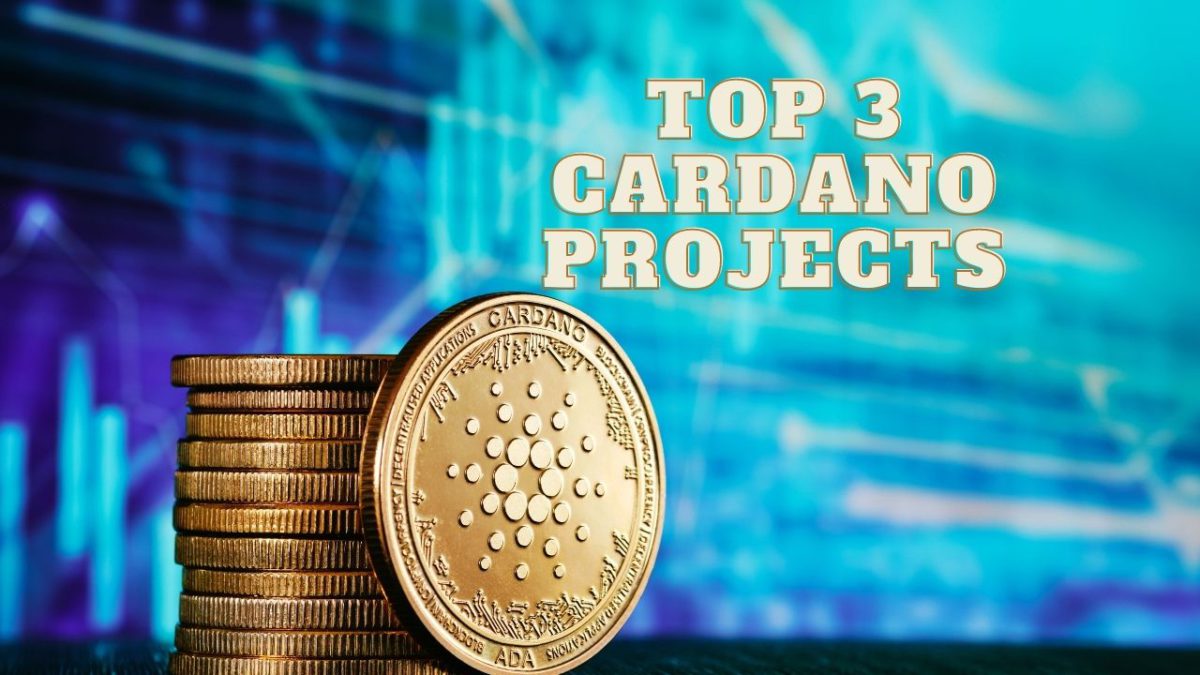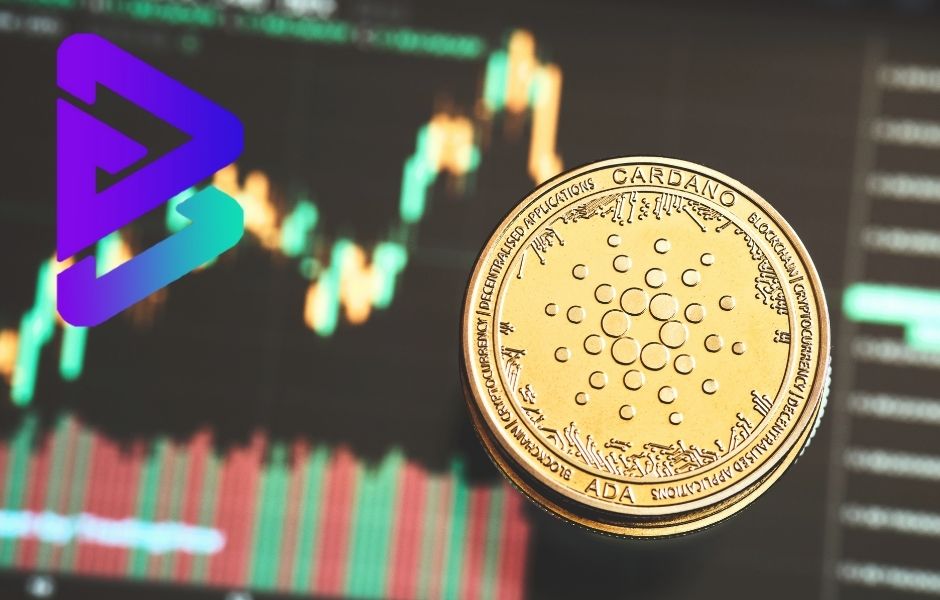Understanding DeFi Flash Loans and Their Intriguing Market Impact In 2024
DeFi flash loans are a new and exciting part of the decentralized finance world. They allow users to borrow large sums of money without needing to provide collateral, as long as they pay it back within the same transaction. This innovative approach has opened up many opportunities for traders and investors, but it also comes with its own set of risks and challenges. In this article, we’ll explore what DeFi flash loans are, how they work, and their impact on the market.
Key Takeaways
- Flash loans let users borrow funds without collateral as long as they repay within one transaction.
- They are popular for quick trades, like arbitrage, taking advantage of price differences across exchanges.
- Major platforms for flash loans include Aave, dYdX, and Uniswap, which provide the necessary tools for users.
- While they offer great opportunities, flash loans also pose risks, such as potential vulnerabilities in smart contracts.
- The future of flash loans looks promising with ongoing integration into other DeFi services and innovative uses.
What Are DeFi Flash Loans?
Definition and Basic Concept
DeFi flash loans are a unique type of loan that allows users to borrow funds without any collateral, as long as they repay the loan within the same transaction. This means that anyone can access large amounts of capital instantly. Flash loans are executed through smart contracts, which automate the process and ensure that the loan is returned immediately.
How They Differ from Traditional Loans
Unlike traditional loans, which require collateral and lengthy approval processes, flash loans are:
- Unsecured: No collateral is needed.
- Instant: They are processed in seconds.
- Single Transaction: The entire loan must be repaid in one go, or the transaction is reversed.
Key Features of Flash Loans
Flash loans have several important characteristics:
- Smart Contracts: They use self-executing contracts to manage the loan process.
- No Default Risk: If the loan isn’t repaid, the transaction is canceled, preventing losses.
- High Liquidity: They provide access to large amounts of capital for various financial strategies.
Flash loans are revolutionizing the way people interact with finance, making it easier to access funds without traditional barriers.
In summary, DeFi flash loans are a powerful tool in the decentralized finance space, enabling users to leverage capital quickly and efficiently. They are particularly useful for activities like arbitrage, where speed is crucial.
How DeFi Flash Loans Work
The Role of Smart Contracts
Flash loans rely on smart contracts to function. These are self-executing contracts with the terms directly written into code. They allow users to borrow funds without needing any collateral. The entire process is automated, ensuring that the loan is repaid within the same transaction. If the borrower fails to repay, the transaction is reversed, making it as if the loan never happened.
Steps to Execute a Flash Loan
Executing a flash loan involves several key steps:
- Request the Loan: The borrower asks for a specific amount from a flash loan provider.
- Receive Funds: The smart contract transfers the requested assets to the borrower.
- Perform Operations: The borrower uses the funds for various activities, like arbitrage or collateral swapping.
- Repay the Loan: The borrower must return the borrowed amount plus any fees before the transaction ends.
- Check Transaction: The smart contract verifies if the loan was repaid. If not, the transaction is canceled.
Technical Requirements and Tools
To successfully execute a flash loan, users need:
- Access to a DeFi platform that offers flash loans (e.g., Aave, dYdX).
- A basic understanding of smart contracts to create the necessary code.
- Tools for interacting with the blockchain, such as wallets and development environments.
Flash loans are a unique financial tool that allows users to access large amounts of capital instantly, but they come with risks that need to be understood.
In summary, flash loans are a powerful feature in the DeFi space, enabling users to leverage funds without collateral, provided they can repay within a single transaction. Understanding how they work is crucial for anyone looking to navigate the DeFi landscape.
Key Players in the Flash Loan Market
The flash loan market has seen rapid growth, attracting various key players and platforms within the DeFi ecosystem. Here are some of the most prominent platforms that offer flash loans:
Leading Platforms Offering Flash Loans
- Aave: Known for its user-friendly interface and extensive liquidity options.
- dYdX: Offers advanced trading features alongside flash loans.
- Uniswap: A decentralized exchange that allows users to access flash loans for trading purposes.
Emerging Competitors
- Compound: While primarily a lending platform, it is starting to explore flash loan options.
- MakerDAO: Known for its stablecoin, it is also venturing into flash loans.
- Yearn Finance: Integrating flash loans into its yield optimization strategies.
Market Share and Influence
| Platform | Market Share (%) | Key Features |
|---|---|---|
| Aave | 45 | High liquidity, user-friendly |
| dYdX | 30 | Advanced trading options |
| Uniswap | 15 | Decentralized exchange |
| Others | 10 | Various features and services |
The flash loan market is evolving quickly, with new players entering and existing platforms expanding their offerings. Understanding these key players is essential for anyone looking to navigate this dynamic landscape.
Common Uses of DeFi Flash Loans
DeFi flash loans have become a popular tool in the decentralized finance space, allowing users to leverage quick access to funds for various purposes. These loans can be used for multiple strategies that benefit traders and developers alike.
Arbitrage Opportunities
- Arbitrage is the most common use of flash loans. Traders can exploit price differences across different exchanges to make a profit. For example, if an asset is cheaper on one platform than another, a trader can borrow funds, buy the asset, and sell it at a higher price elsewhere.
- This process helps to stabilize prices across markets, improving overall liquidity.
Collateral Swapping
- Users can quickly change one type of collateral for another without needing to sell their assets. This is particularly useful in lending protocols where different assets may have varying values.
- It allows for more flexibility in managing loans and can help avoid liquidation risks.
Debt Refinancing
- Flash loans can be used to pay off existing debts that have higher interest rates. By borrowing at a lower rate, users can save money and reduce their financial burden.
- This method can also help users avoid penalties associated with late payments or liquidation.
Flash loans provide a unique opportunity for users to access funds without needing collateral, making them a game-changer in the DeFi landscape.
In summary, the versatility of flash loans allows users to engage in various financial strategies, from arbitrage to debt management, all while enhancing market efficiency and liquidity. Their ability to facilitate quick transactions without collateral opens up new possibilities for both traders and developers in the DeFi ecosystem.
Benefits and Risks of DeFi Flash Loans
Advantages for Users
Flash loans provide several key benefits that make them appealing in the DeFi space:
- Instant access to funds: Users can quickly borrow large amounts of money, which is perfect for immediate trading opportunities.
- No collateral needed: Unlike traditional loans, flash loans don’t require users to put up assets as security, making them accessible to more people.
- Smart contract automation: These loans are executed through smart contracts, which means they happen automatically without needing banks or brokers.
Potential Risks and Vulnerabilities
While flash loans have many advantages, they also come with certain risks:
- Smart contract vulnerabilities: If there are flaws in the code, it can lead to significant financial losses.
- Market volatility: Sudden changes in the market can affect the success of transactions.
- Technical failures: Issues with the blockchain can disrupt transactions, leading to potential losses.
Mitigation Strategies
To minimize risks, users should consider the following strategies:
- Conduct thorough research on the platforms they use.
- Stay updated on market trends and smart contract developments.
- Use platforms with a good reputation and regular security audits.
Flash loans can empower users by providing quick access to funds, but they require careful handling to avoid pitfalls.
In summary, while DeFi flash loans offer exciting opportunities, they also come with challenges that users must navigate carefully. Understanding both the benefits and risks is essential for anyone looking to engage in this innovative financial tool. The impact of flash loans on the market is significant, as they change how people interact with financial systems, especially in the blockchain space.
Market Impact of DeFi Flash Loans
Influence on Liquidity
Flash loans have a significant effect on liquidity in the DeFi market. They allow users to access large amounts of capital instantly, which can lead to increased trading activity. This surge in transactions can enhance market liquidity, making it easier for traders to buy and sell assets without affecting prices too much.
Key points about liquidity impact:
- Instant access to funds boosts trading volume.
- Increased liquidity can stabilize prices during market fluctuations.
- Flash loans can facilitate arbitrage, which helps align prices across different platforms.
Effect on Asset Prices
The rapid execution of trades through flash loans can lead to temporary price changes. When traders exploit price differences across exchanges, it can create volatility. This can be beneficial for some, but it may also lead to sudden price drops or spikes.
Considerations for asset prices:
- Arbitrage opportunities can lead to price corrections.
- Increased trading can cause short-term volatility.
- Long-term effects depend on overall market sentiment.
Regulatory Considerations
As flash loans grow in popularity, they attract the attention of regulators. The lack of collateral and the potential for misuse raise concerns about market manipulation and fraud.
Flash loans represent a double-edged sword; while they promote innovation, they also pose risks that regulators must address to protect the market.
Regulatory challenges include:
- Ensuring transparency in transactions.
- Preventing market manipulation.
- Establishing guidelines for responsible use of flash loans.
In summary, the impact of DeFi flash loans on the market is profound, influencing liquidity, asset prices, and regulatory frameworks. As the market evolves, understanding these effects will be crucial for participants.
Future Trends in DeFi Flash Loans
Integration with Other DeFi Protocols
The future of flash loans looks promising as they are increasingly being integrated into various DeFi protocols. This integration allows for:
- Enhanced functionality in trading and liquidity management.
- New opportunities for collateral swapping and liquidation processes.
- Innovative governance models that utilize flash loans for decision-making.
Innovative Use Cases
As developers explore the potential of flash loans, we can expect to see:
- New financial products that leverage flash loans for unique trading strategies.
- Increased use in decentralized insurance to manage risks effectively.
- Applications in automated trading systems that require quick capital access.
Predicted Market Growth
The flash loan market is anticipated to grow significantly. Here’s a brief overview of expected trends:
| Year | Market Size (in billions) | Growth Rate (%) |
|---|---|---|
| 2023 | 1.5 | 25 |
| 2024 | 2.0 | 30 |
| 2025 | 3.0 | 40 |
The flash loan market is evolving rapidly, and its impact on the DeFi ecosystem is profound. As more users and developers engage with this innovative tool, the possibilities for its application are endless.
In summary, the future of DeFi flash loans is bright, with ongoing integration, innovative use cases, and significant market growth expected. This evolution will likely reshape how we think about lending and borrowing in the decentralized finance space.
Final Thoughts on DeFi Flash Loans
In conclusion, DeFi flash loans are a fascinating part of the cryptocurrency world. They allow users to borrow money quickly without needing any collateral, which can be very helpful. However, they also come with risks. Some people use flash loans to make money, while others might use them for harmful purposes. As this technology continues to grow, it’s important for everyone to understand both the benefits and dangers. Flash loans could change how we think about borrowing and lending in finance, but we must be careful to use them wisely.
Frequently Asked Questions
What are DeFi flash loans?
DeFi flash loans are a type of loan that allows users to borrow money without needing to provide any collateral. The loan must be paid back in the same transaction.
How do flash loans work?
Flash loans work using smart contracts. When you borrow, you must perform actions with the money and return it by the end of the transaction.
What are the benefits of using flash loans?
Flash loans give users quick access to cash without collateral, allowing for fast trades and other financial strategies.
What risks should I be aware of with flash loans?
Risks include the chance of not being able to repay the loan in time, which would cancel the transaction. There are also smart contract vulnerabilities.
Can anyone use flash loans?
Yes, anyone can use flash loans as long as they understand how to execute the transactions correctly.
What are common uses for flash loans?
Common uses include arbitrage (taking advantage of price differences), swapping collateral, and refinancing debts.
Stay informed with daily updates from Blockchain Magazine on Google News. Click here to follow us and mark as favorite: [Blockchain Magazine on Google News].
Get Blockchain Insights In Inbox
Stay ahead of the curve with expert analysis and market updates.
latest from tech
Disclaimer: Any post shared by a third-party agency are sponsored and Blockchain Magazine has no views on any such posts. The views and opinions expressed in this post are those of the clients and do not necessarily reflect the official policy or position of Blockchain Magazine. The information provided in this post is for informational purposes only and should not be considered as financial, investment, or professional advice. Blockchain Magazine does not endorse or promote any specific products, services, or companies mentioned in this posts. Readers are encouraged to conduct their own research and consult with a qualified professional before making any financial decisions.

 Bitcoin
Bitcoin  Ethereum
Ethereum  Tether
Tether  XRP
XRP  Solana
Solana  Dogecoin
Dogecoin  USDC
USDC  Lido Staked Ether
Lido Staked Ether  Cardano
Cardano  TRON
TRON  Avalanche
Avalanche  Wrapped stETH
Wrapped stETH  Chainlink
Chainlink  Toncoin
Toncoin  Sui
Sui  Wrapped Bitcoin
Wrapped Bitcoin  Shiba Inu
Shiba Inu  Hyperliquid
Hyperliquid  Stellar
Stellar  Polkadot
Polkadot  Hedera
Hedera  WETH
WETH  Bitcoin Cash
Bitcoin Cash  LEO Token
LEO Token  Uniswap
Uniswap  Litecoin
Litecoin  Pepe
Pepe  Wrapped eETH
Wrapped eETH  NEAR Protocol
NEAR Protocol  Ethena USDe
Ethena USDe  USDS
USDS  Aptos
Aptos  Internet Computer
Internet Computer  Aave
Aave  Cronos
Cronos  POL (ex-MATIC)
POL (ex-MATIC)  Ethereum Classic
Ethereum Classic  Mantle
Mantle  Render
Render  Monero
Monero  WhiteBIT Coin
WhiteBIT Coin  MANTRA
MANTRA  Dai
Dai  Bittensor
Bittensor  Artificial Superintelligence Alliance
Artificial Superintelligence Alliance  Arbitrum
Arbitrum  Filecoin
Filecoin 



